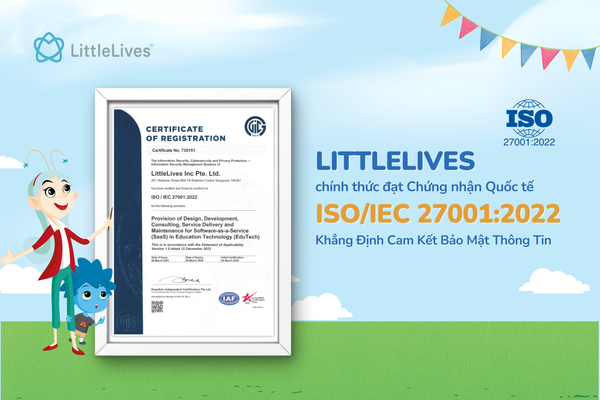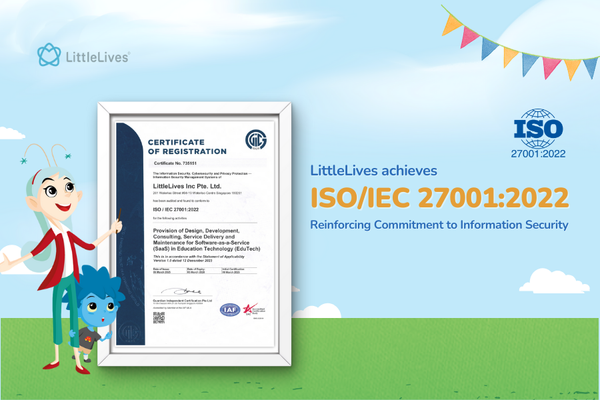The Punctuation Post Office

Can you imagine speaking and writing without punctuation? Punctuation tells us how a sentence should sound. Without it, all of us would be speaking tonelessly like robots!

No one wants to sound so mechanical, especially when there is so much that punctuation helps us convey with a single symbol! Saying “Yes!” with an exclamation mark means something different from saying “Yes?” with a question mark. Can you tell what each “Yes” means based on its sound?
“Yes!” conveys an enthusiastic agreement. If I ask if you want ice cream, you would exclaim “Yes!”
On the other hand, “Yes?” conveys a question. I could ask you “Yes?” to confirm that you do indeed want ice cream.
Eager to learn to change the meaning of your sentences through punctuation? Let’s get into it!
Activity 1: Twinkle Trails Episode 11 — The Punctuation Post Office
We looked at two very similar, but different sentences earlier. What makes “Yes!” and “Yes?” sound so different?
It’s punctuation! Punctuation is the symbol in the middle of, or at the end of a sentence that tells us how the sentence should sound! (I used an exclamation mark, which shows you that I’m excited to learn!)
Most Common Types of Punctuation:
Note for teachers: Emphasize the sounds that are specific to each punctuation mark.
- QUESTION mark ( ? ) — asking for something
Sound: voice goes higher at the end of sentence
e.g. Can I borrow that?
What is your name? - EXCLAMATION mark ( ! ) — expressing strong feeling
Sound: voice goes higher and louder at the end of sentence
e.g. Wow!
I don’t like that!
Welcome back! - PERIOD or FULL STOP ( . ) — ending a comment
Sound: voice goes down at the end of sentence
e.g. Today is Tuesday.
The weather is hot. - COMMA ( , ) — connecting two or more thoughts
Sound: pause when you get to the comma in the sentence
e.g. I like ice cream, dancing, and reading.
These are my friends, Sarah and Mark.
Notice that the comma appears in the middle of the sentence, unlike the question mark, exclamation mark, and the period/full stop. - QUOTATION mark ( “ ” ) — direct speech/quoting what someone else has said
Sound: tone of sentence within the quotation marks
e.g. “This carpet is soft,” said Sarah.
“Let’s play!” said Mark.
The Power of Punctuation
Recall that punctuation can change the meaning of an entire sentence! Let’s look at an example where punctuation makes a crucial impact.
Compare these sentences:
a. Let’s eat, Grandma. Take a pause when you reach the comma in the sentence. This sentence invites Grandma to eat with us.
b. Let’s eat Grandma. With no pause here, this sentence makes it sound as though we are going to eat Grandma — no one wants that!
Activity 2: Circle Time

As we’ve learnt thus far, punctuation changes the tone of our sentences. Let’s put our new knowledge to use and test it out!
First, make sure that each child is equipped with flashcards that display the different punctuation marks, as shown in the picture — question mark, comma, exclamation mark, period/full stop.
As the teacher says each sentence out loud, the children will guess and raise the card(s) with the punctuation mark that they think has been used.
Do make sure that your tone is clear and your pauses are notable, so that children can identify the tonal markers that they have learnt so far.
Here are some sample sentences you can use in your class:
- That was so fun! ( ! )
- I like to play outside. ( . )
- What is the colour of the sky? ( ? )
- I love jumping, running, and playing. ( , . )
- Cats are cute! ( ! )
- “Do you want to play with me?” said Mark. ( ? “ ” . )
Come up with any simple sentence and challenge your children’s ability to identify any punctuation mark through the tone of your sentences!
Activity 3: Put it on Paper
As our little ones start paying more attention to the punctuation marks they use, get ready to be bombarded with questions ranging from “Do I use an exclamation mark here?” to “When should I use the comma?”



To encourage your children to apply their new knowledge, use punctuation worksheets that can be easily found on the internet, or prepare your own! After some individual practice, they will be more confident in forming proper sentences. Plus, these worksheets can be used as reference points for them to self-check their use of punctuation marks in the future!
Activity 4: Act It Out!
Children learn best when they are actively involved — key word, actively. For your next Story Time, get the kids to look out for punctuation and act it out!
For every punctuation mark, perform an action relating to the punctuation mark. Raise up your hands up in the air when there is an exclamation mark! Maybe shrug your shoulders up and down for question marks? Clap your hands where there is a full stop. And with every comma in the sentence, wiggle your body! Associating learning points with actions and fun is a sure way for this lesson to last!



...

If you're a content producer in the education industry, and you like our content, please reach out to us at storytellers@littlelives.com. We're looking for content partners and we're excited to get more eyes on educational articles!





